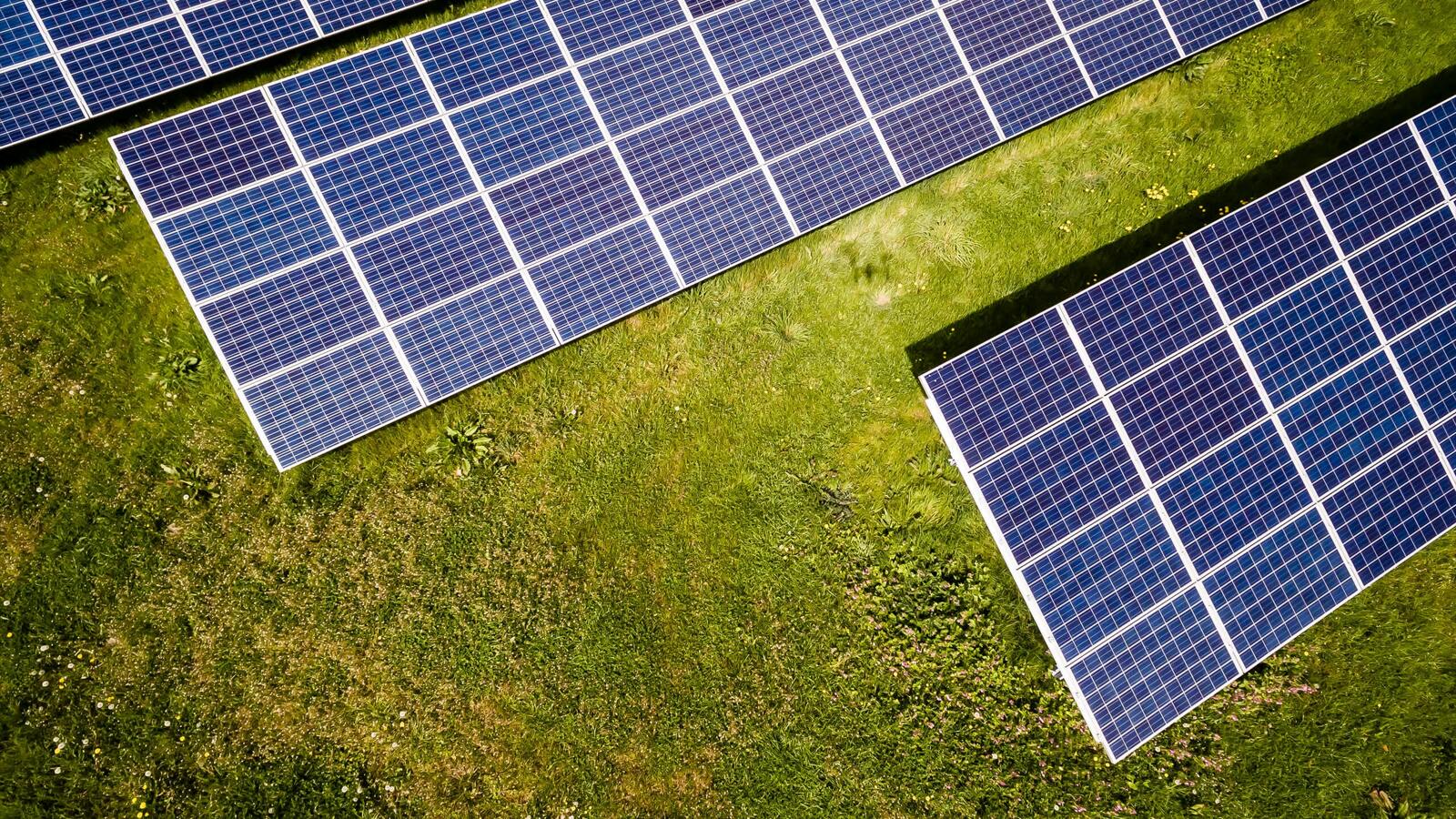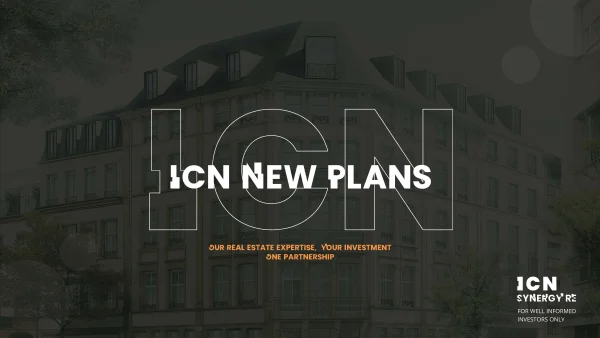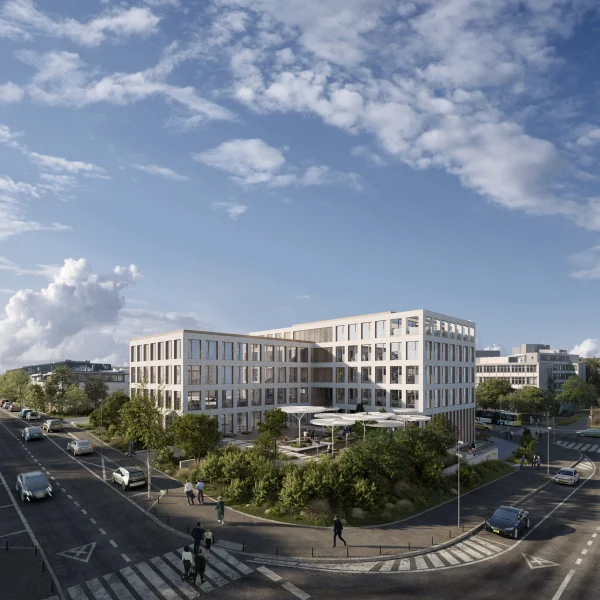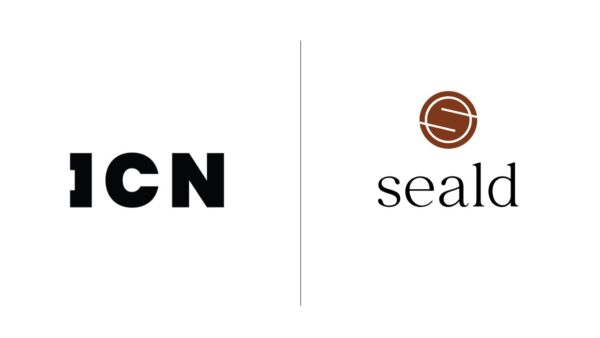The recently introduced “Nearly Zero Energy Building” (NZEB) standard (EU Directives 2010/31/EU and 2018/844/UE) pushes forward with the construction sector’s green transition and brings in strict new requirements for new buildings. For a forward-thinking company like ICN this kind of change provides an opportunity to showcase our adaptability, our capacity for learning and our building expertise.
In the 2010 Directive, a building can be defined as NZEB when its energy requirements are close to zero, and when the little energy required for functions such as heating, ventilation or cooling is supplied on-site or from nearby renewable sources.
Member States were called upon to define a range of attainable performance levels based on its climatic and economic conditions. In Flanders, Belgium the adopted standard, at E30, was as ambitious as any. This target has just been achieved for the first time by ICN and its business partners in one of its newest residential projects: De Witte Lelie located in Westmalle, near Antwerpen (pictured).
How did ICN do it?
The architect, here AIDarchitecten, designed for compacity, reducing the volume-to-surface ratio and optimising insulation requirements. The building is totally air-tight and the apartments mechanically ventilated with a system targeting 84% heat recovery and equipped with CO2-sensors designed to activate the system only when strictly necessary to ensure air quality. The apartments will be heated using highly efficient gas condensing boilers bearing the “ecodesign” label. Solar panels are fitted on the roof to provide direct, green energy for the building. The result: current calculations show a consumption of just 65,07 kWh/m².
“We are very proud of our first NZEB project. On the one hand, this kind of performance is a must-have for our portfolio and for our position in the real estate market. This goes beyond compliance with legislative requirements and shows that we mean it when we say we aim to be a future-proof developer. “On the other hand, a product like this provides increased added value to our customers – above even our usual high-end quality buildings. Our clients can choose to invest in a green property and reap the economic benefits. This is of course a win-win for all concerned. “And we are working on others. Building the future starts now.” said Brita Van Rossum, Head of Project Belgium at ICN.
ICN will build on its Flemish NZEB experience with a second project located in Meerle and is aiming to pursue the development of high-performance sustainable projects elsewhere, shaping the conversation and proving again to be a valuable partner for cities and urban planners as they face the challenges of reshaping the urban landscape for the 21st century. The aim is to help them and us progress towards more sustainable urban lifestyles.
About the E-level in Belgium
The E-scale is a measure of the energy consumption of a building, for example based on how much energy is needed on a monthly basis for heating and cooling, generating hot tap water and operating pumps and fans, in order to maintain the internal temperature at 18°C. The calculations are made using dedicated software by a certified technician.
The main principles that will impact the E-level are:
A compact design with less loss areas
- A building that complies with the insulation standards (S-level) or that is superior to
- An exterior joinery that complies with the standards or that performs better
- An airtight construction (a blower door test afterwards can have a positive influence on the E-level if there is a good result)
- The lower the E-level, the more energy efficient the building is considered to be.
The inclusion of additional servicing in a project such as a smart ventilation (with heat recovery), or certain types of heating, hot water, or renewable energy production systems, can improve a building’s E-rating.
According to ODEX measurement, energy efficiency for household in Europe improved by around 29% over the period 2000-2018, mainly thanks to improvement in space heating.

In Belgium, the average consumption per dwelling was 19.3 MWh (1.7 toe) in 2018. This is a decrease of 21.2% compared to 2005, where the average consumption per dwelling was 24.5 MWh (2.1 toe). Overall residential energy consumption decreased by 11.4% from 2005 to 2018 (an average of 0.9% per year) despite an increase in the number of households and dwellings.
De Witte Lelie at a Glance
- Residence of 19 apartments with a terrace or garden
- Located in the lively center of Westmalle (Belgium), a place well known for its Trappist abbey where the monks are brewing beer since 1836 and exporting worldwide.
- Ideally situated in the center of the village and highly suitable for all age groups.
- Public transport, shops and schools at walking distance and a few minutes away from the E34 highway.
- 1 and 2 bedrooms-apartments from 62 m² to 154 m².
- Underground car park
More infos on De Witte Lelie | ICN
Note: ODEX (“ODYSSEE energy efficiency index”) is the indicator used to measure energy efficiency progress by sector. Its value is 100 for the base year; a value of 80 in year t means an improvement of 20%.
Odyssee is a database on energy efficiency indicators and energy consumption by end-use and their underlying drivers in industry, transport and buildings, co-funded by the Horizon 2020 programme of the European Union and supported by the agency for Ecological Transition. More on Introduction to the Odyssee-Mure Project | ODYSSEE-MURE.










